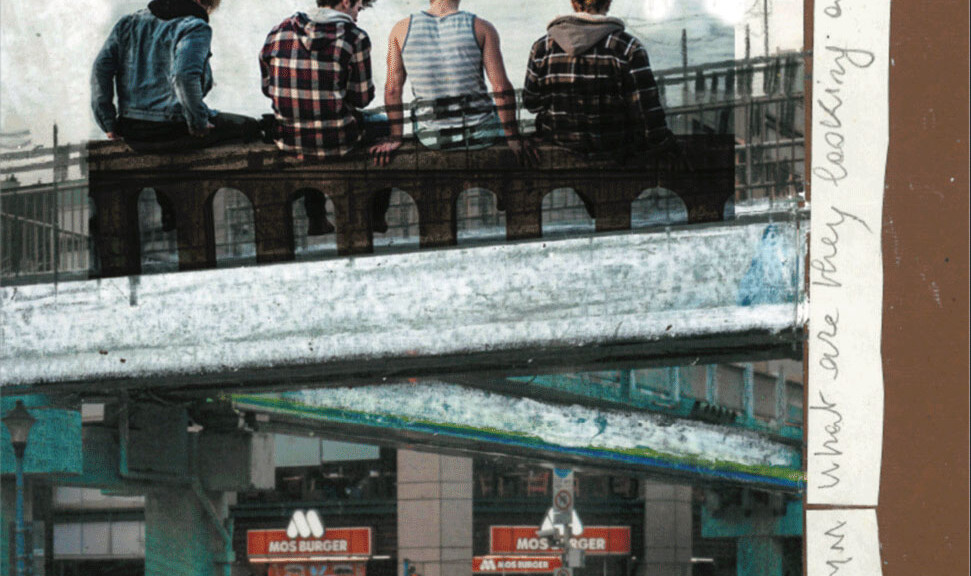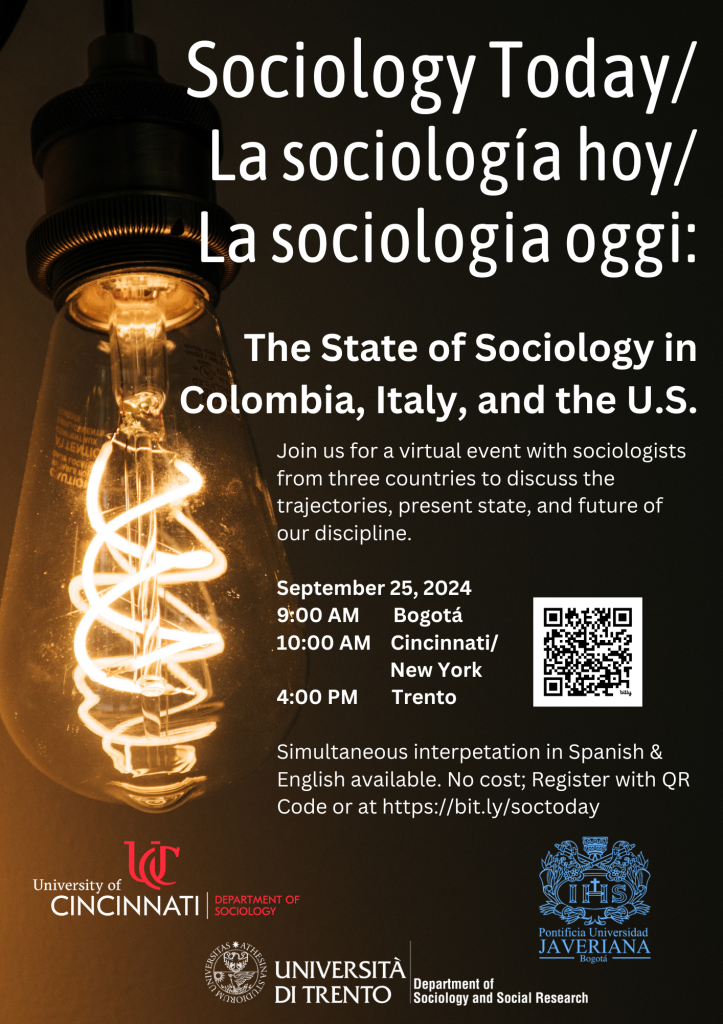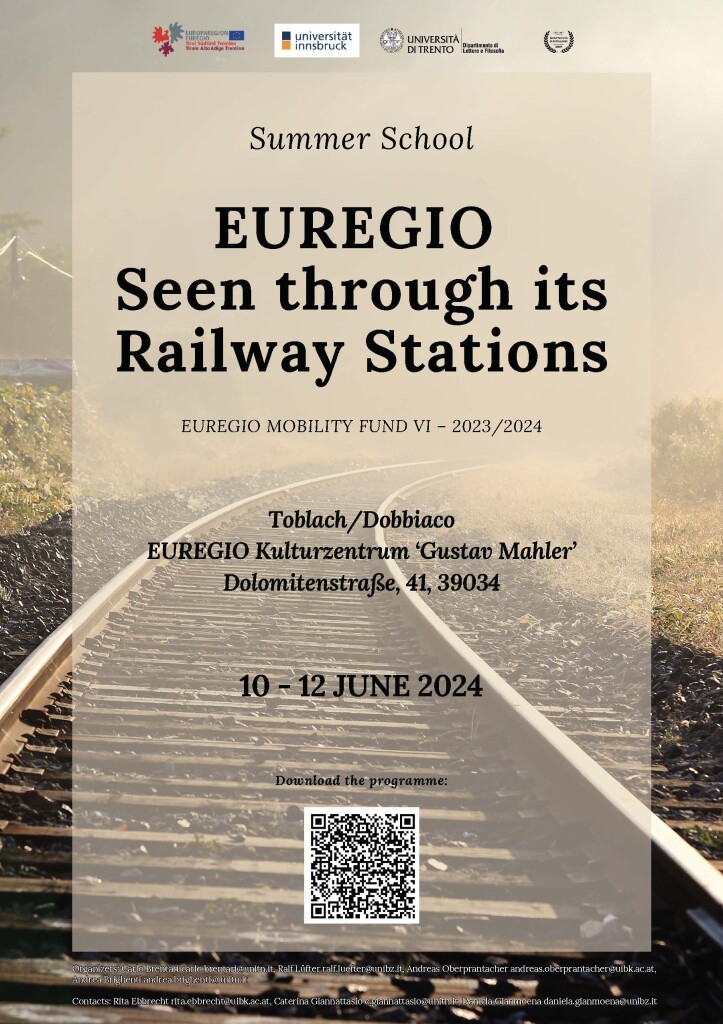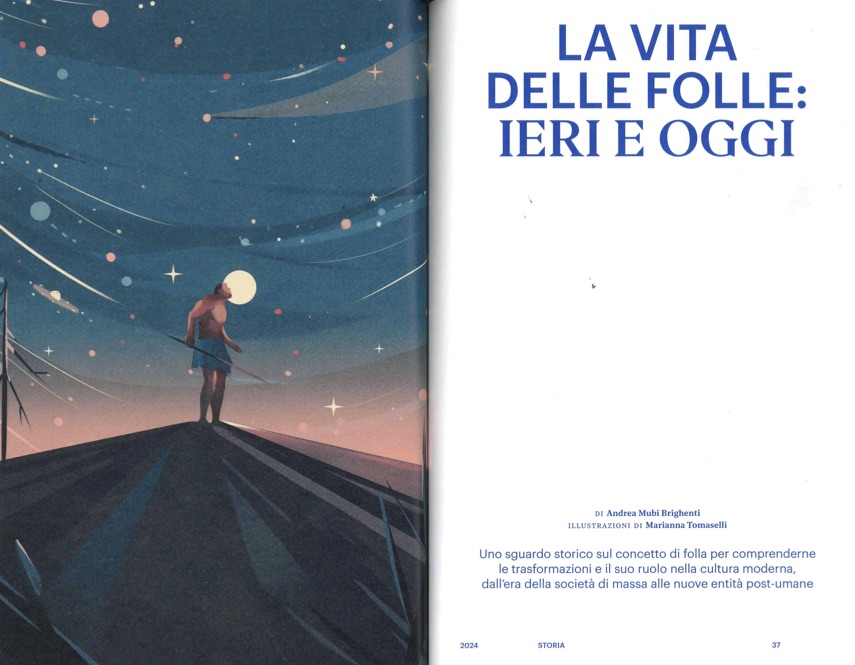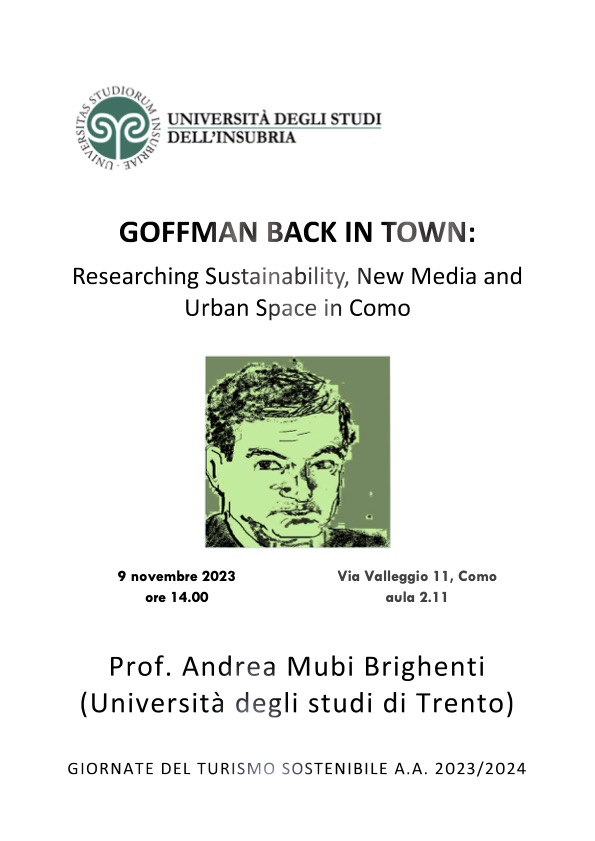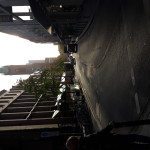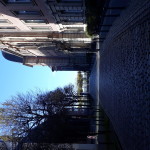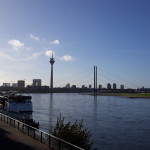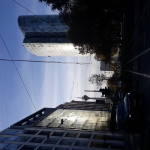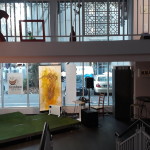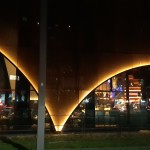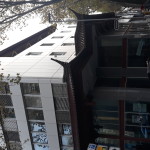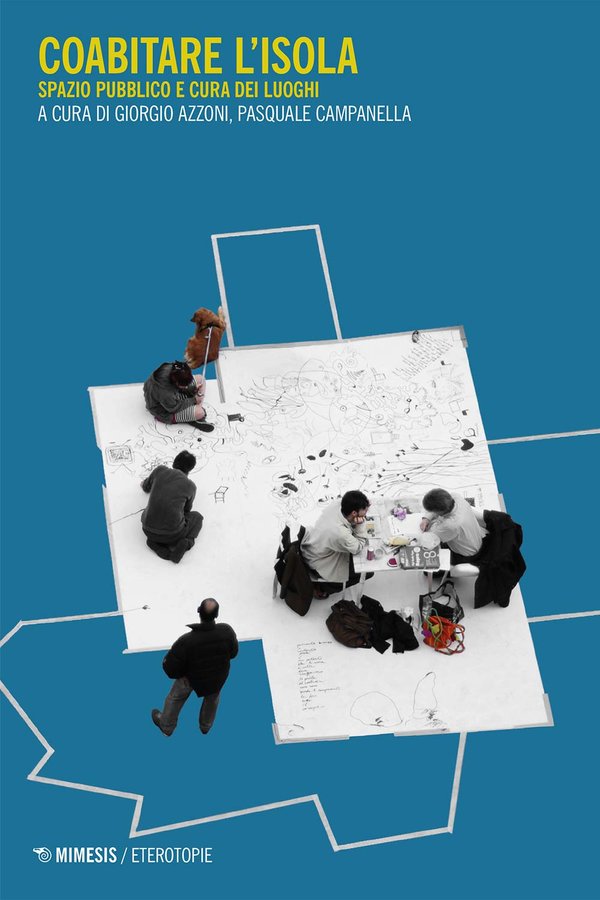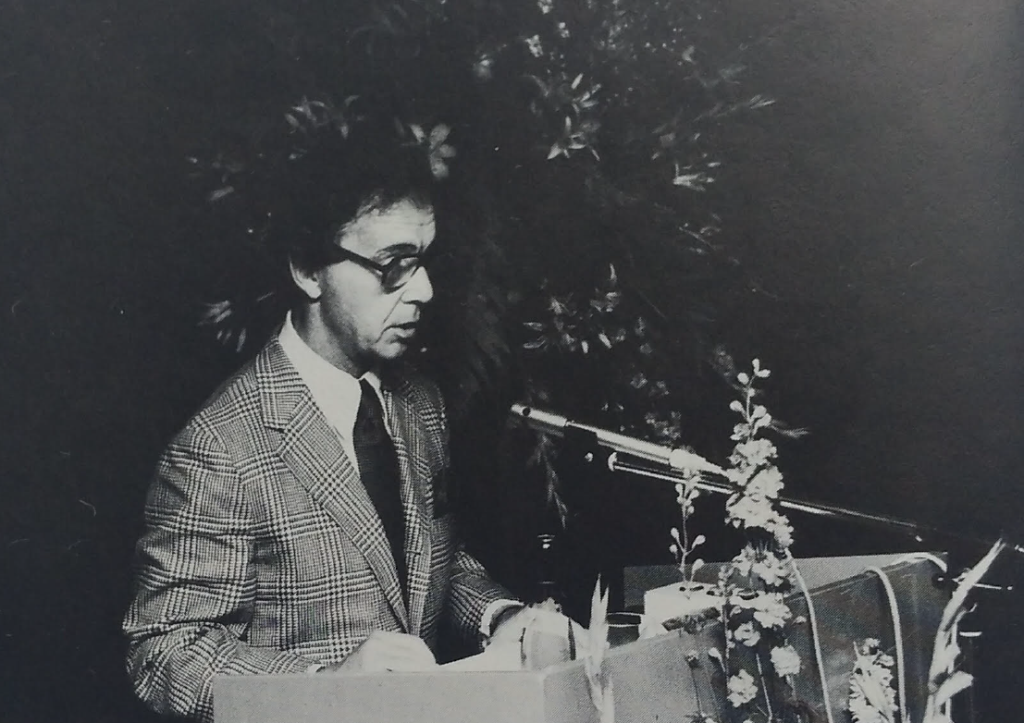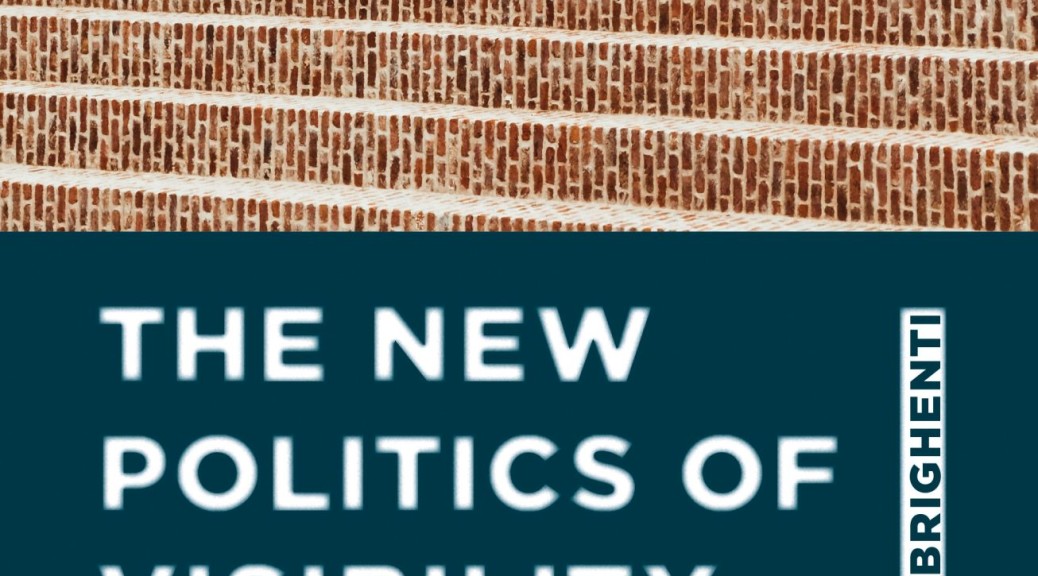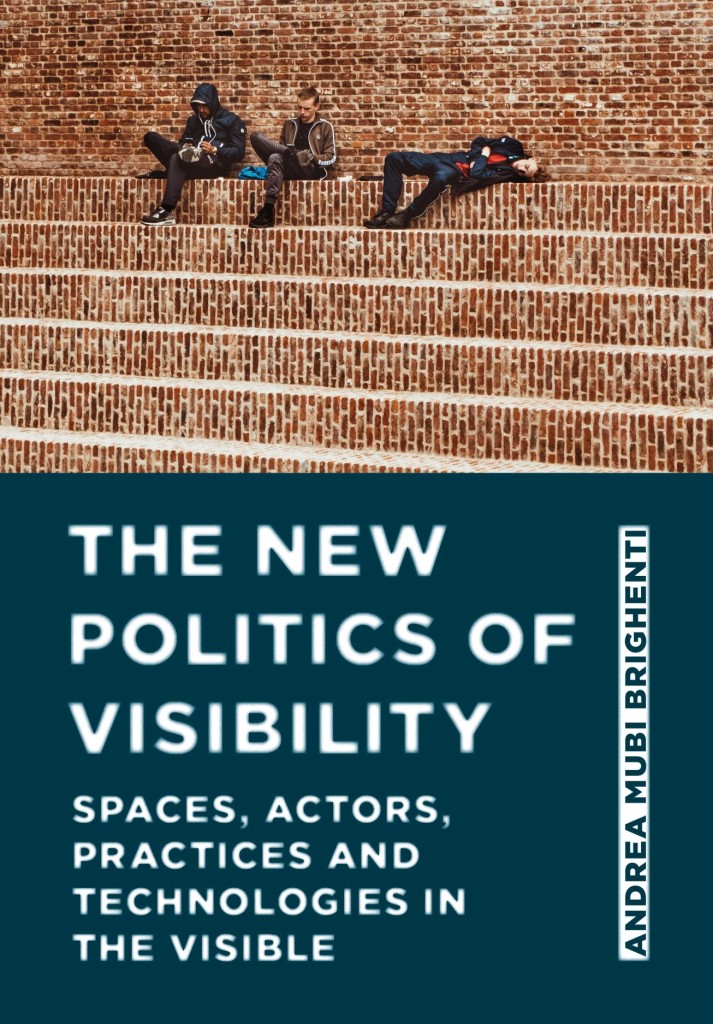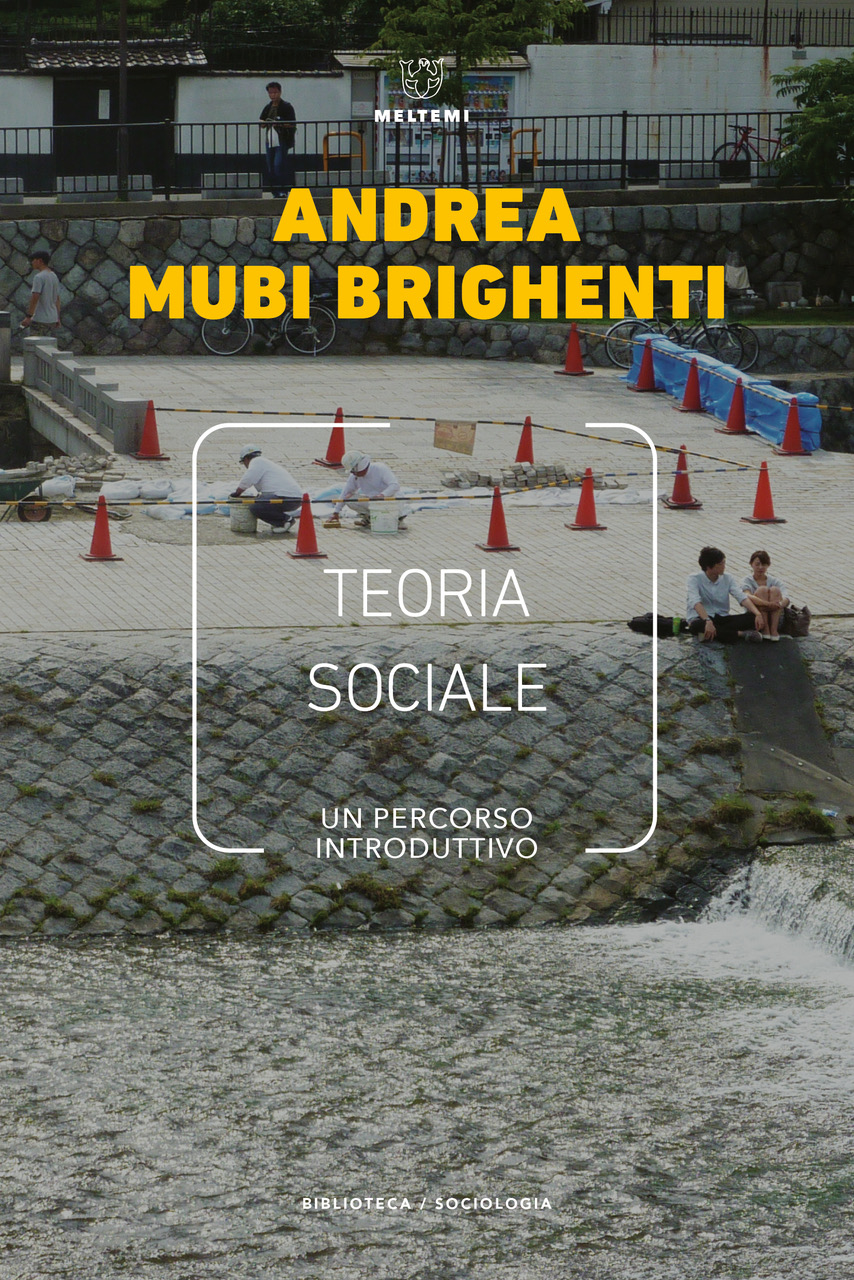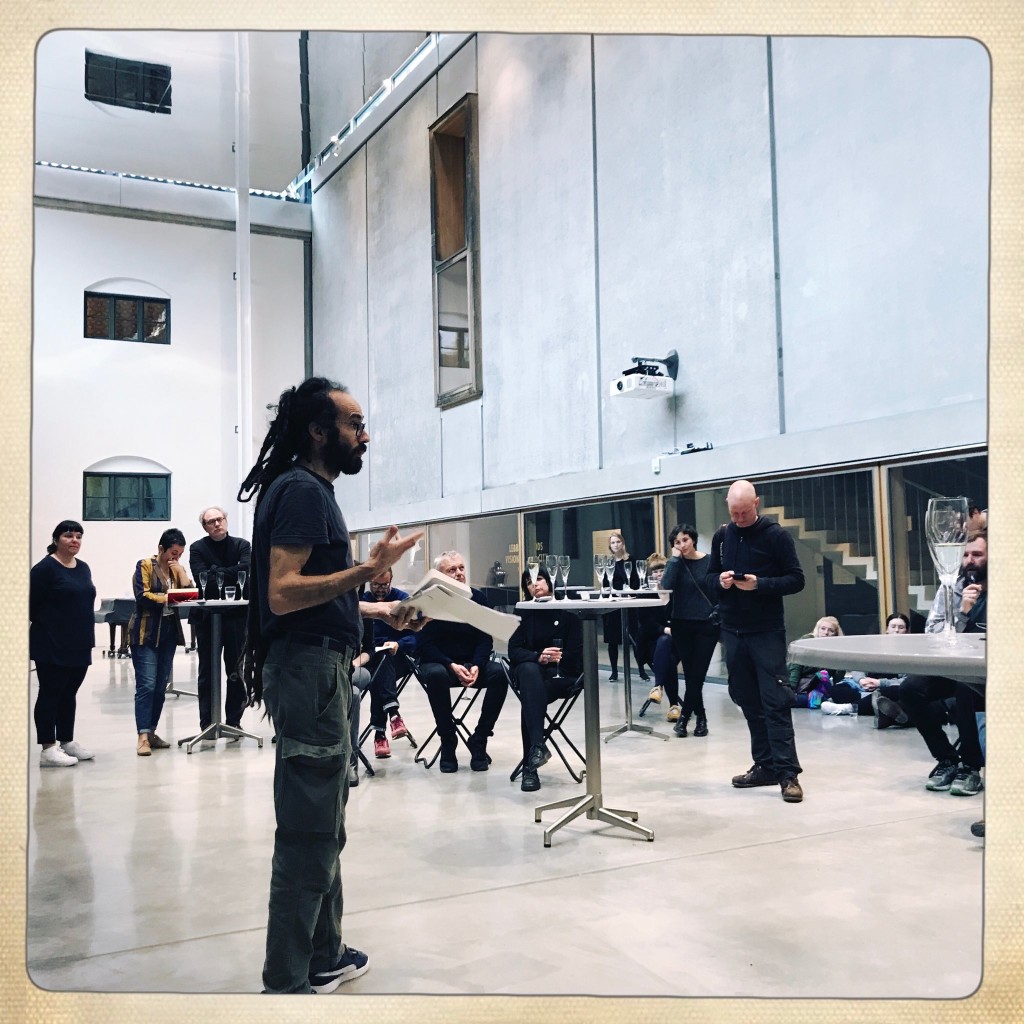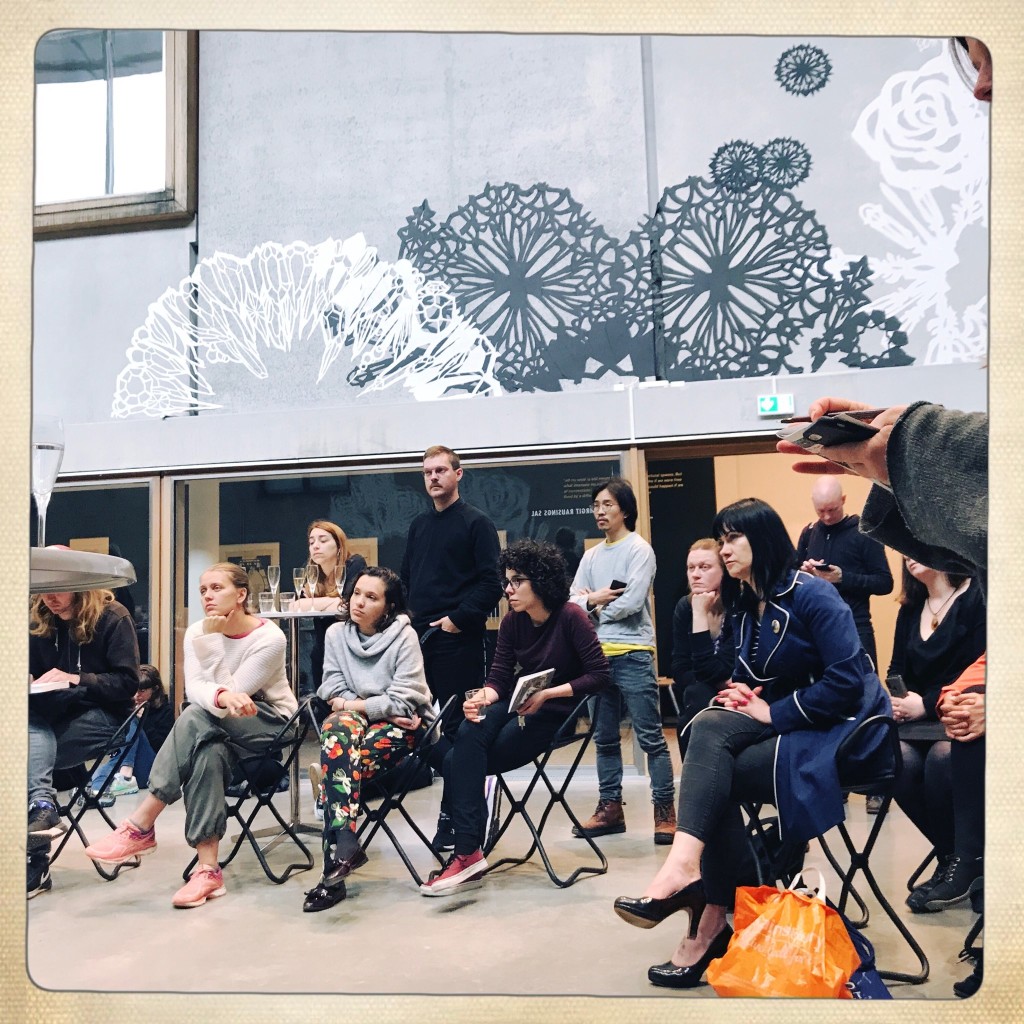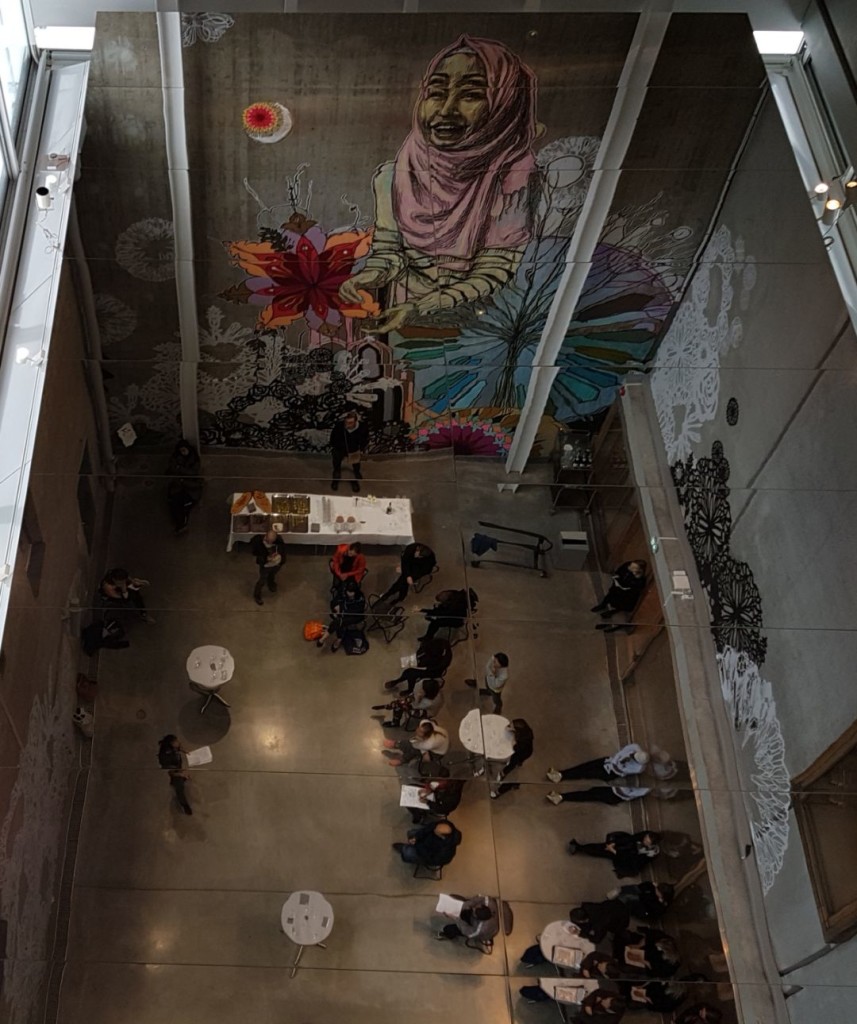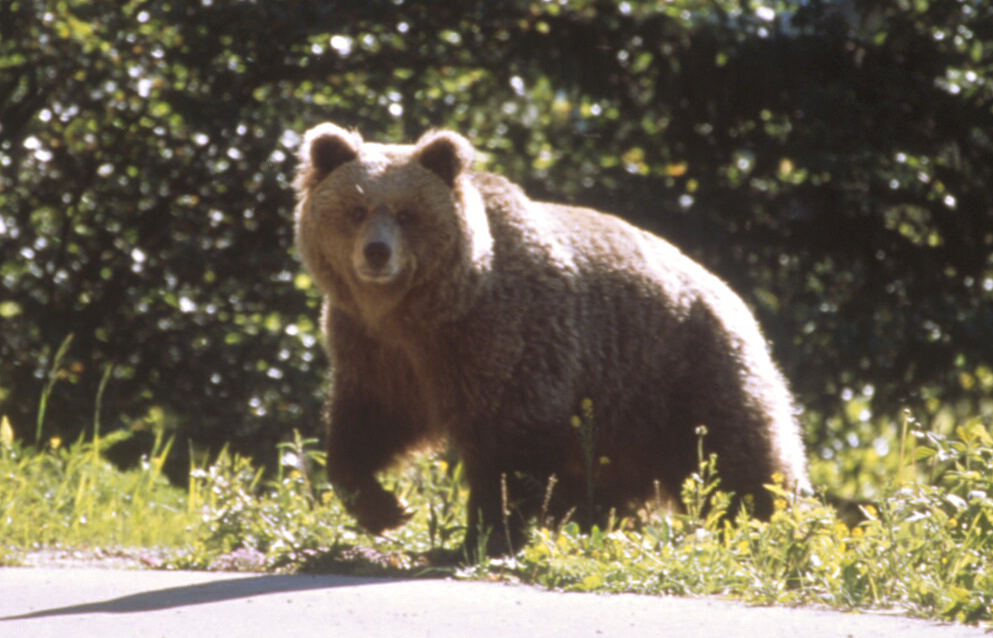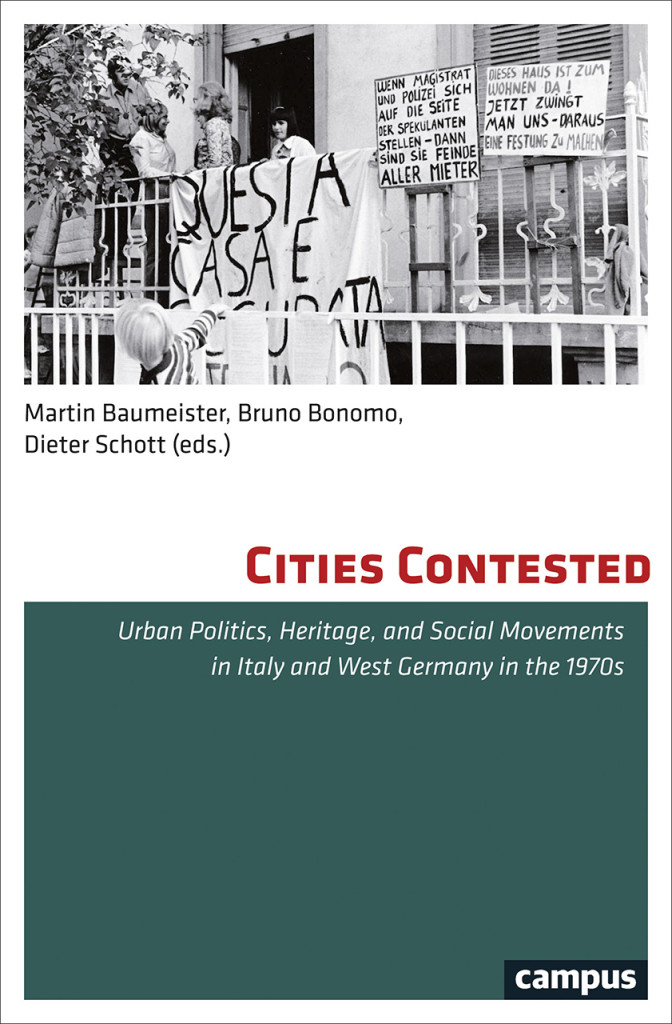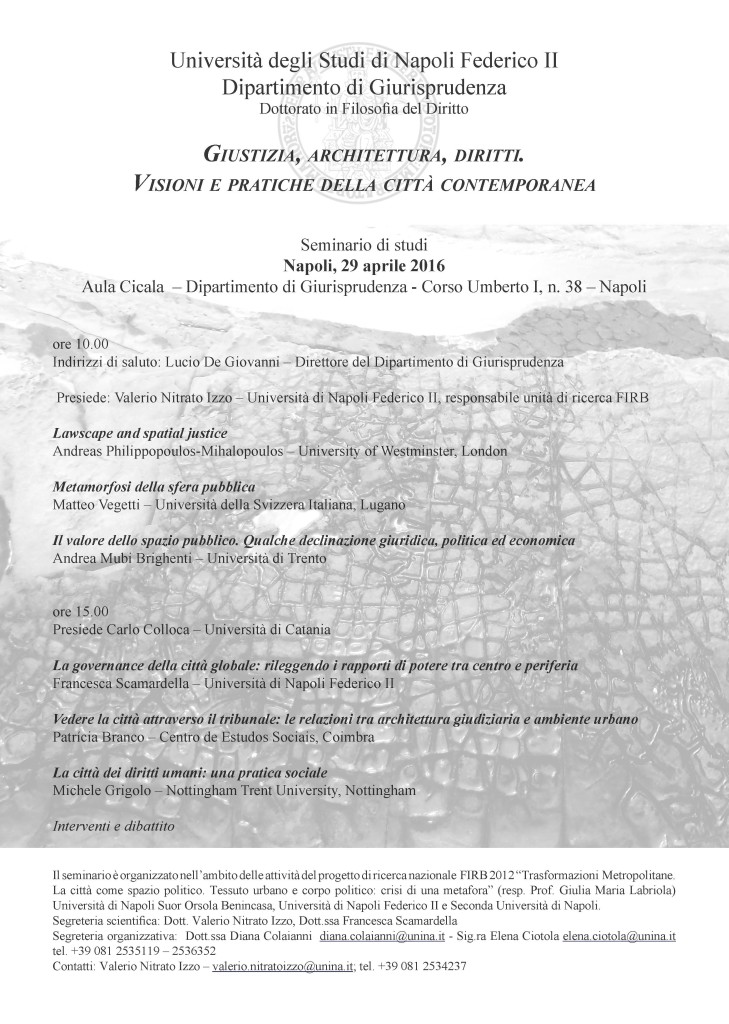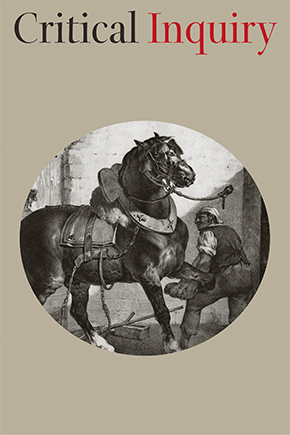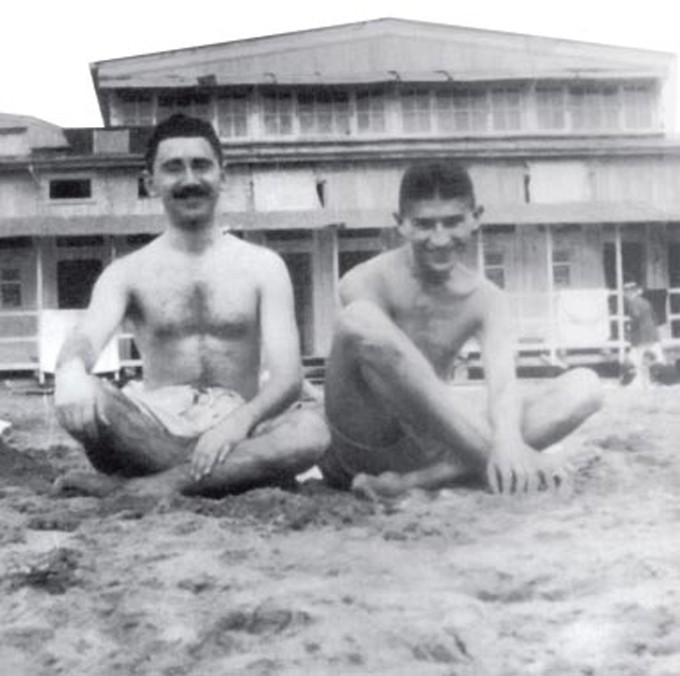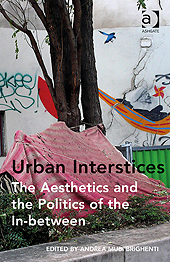(with Tali Hatuka)
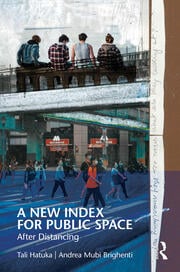
Out on August 18, 2025 – See : https://www.routledge.com/A-New-Index-for-Public-Space-After-Distancing/Hatuka-Brighenti/p/book/9781032555836
With four generous endorsements from:
“This erudite and provocative book melds social and political theory with design thinking to produce a new set of terms to understand both the nature and the phenomenology of publicness. Inspired by the challenges of physical distancing that accompanied the global pandemic, the authors show the durability of the public realm while offering new ways to interpret and produce a range of disordered, agonistic, and spatially-situated interactions that will continue to make public spaces the lifeblood of cities.”
Diane E. Davis, Charles Dyer Norton Professor of Regional Planning and Urbanism, Harvard Graduate School of Design
*
“How can we talk about public space and make sense of its continuous mutations in contemporary cities? As the authors suggest, we need to explore patterns of experience and affect along with efforts to conceptualize sociospatial crises. This book is an inventive and highly successful experiment in analyzing publicness that offers to city dwellers and planners alike an index of terms to be used in thinking about city life as a multifarious set of realities and possibilities.”
Stavros Stavrides, Professor of Architectural Design and Theory, School of Architecture, National Technical University of Athens
*
“Triggered by the contemporary challenges and appreciation of the post-pandemic future of urban space the authors continue the quest to understand and assess public space. Through a new index they introduce us to a series of fresh and inspiring methods and prompts that traverse disciplinary boundaries and help explore the experiential and phenomenological dimensions of public space. The book is a welcome addition that introduces researchers, teachers, and students in the built environment and social science disciplines to innovative ways of examining the future of public space and eventually to show new ways to “read” the city.”
Vikas Mehta, Fruth/Gemini Chair, Ohio Eminent Scholar of Urban/Environmental Design, and Professor of Urban Design, University of Cincinnati
*
“This is a playful book on how public space negotiates distance and propinquity amongst human and nonhuman bodies. It is a truly exciting cornucopia of affects, memories and desires that crisscross one another like a boardgame. But like most good boardgames, here too there is wisdom, depth and astute observation of all the things that compose ourselves and our lives. The authors have managed the impossible: to create an intensely visual, lyrical, ludic net of possibilities about our post-Covid world in way that is both celebratory and cautionary, visionary and sobering. In many ways, through its innovative form, its collaborative process of writing, and its ground-breaking content, this book opens up an entirely new way of being in public. This is a fundamentally beautiful and useful book.”
Andreas Philippopoulos-Mihalopoulos, Professor of Law & Theory, University of Westminster, UK; Artist and Fiction Author
